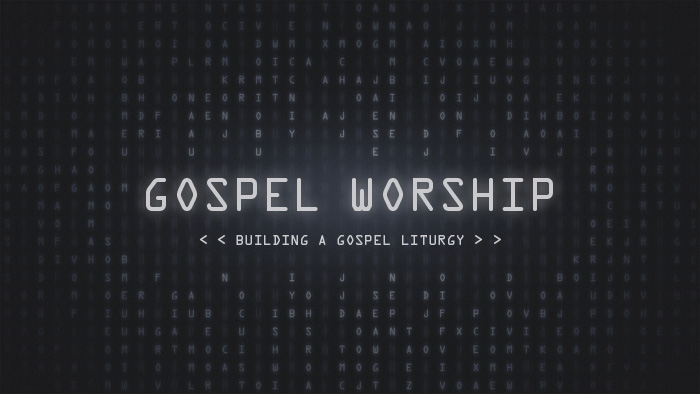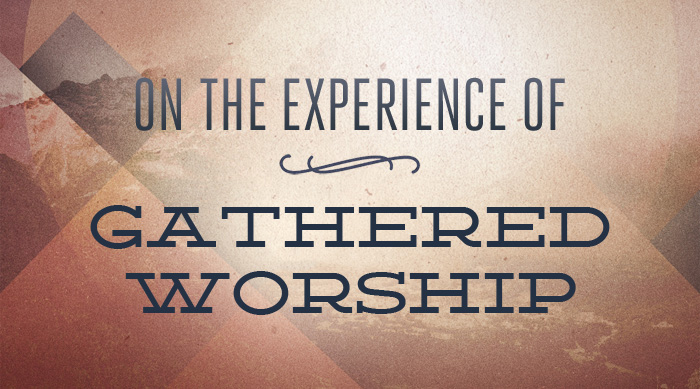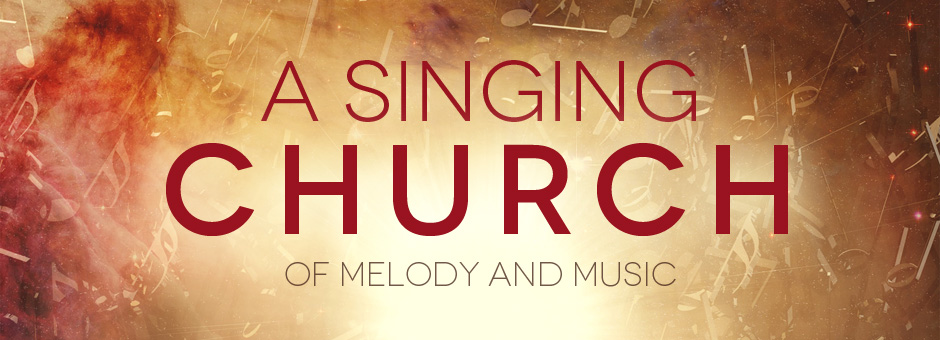
Most of my doctoral studies at The Institution focus on matters of biblical spirituality and historical theology. Any seminars I take outside of my major center on the topic of “Christian Worship.” Call it my Th.M. side project. I’m trying to reclaim liturgical theology as a matter for preachers. Pastors need not be versed in matters of musical theory, composition, or choral skill in order to oversee their congregation’s liturgy. They only need to know their Bible. Which, of course, is part of what makes a pastor a pastor.
Let me tease out for you something I’m working on related to how we should understand what happens in gathered worship. The more I research the common view on liturgical construction, the more I’m convinced something’s gone missing. And that “something” is actually what protects our liturgy as having a gospel flow.
The Tried and True Model
Perhaps the most typical liturgical rhythm recognized in recent literature is that of worship as a dialogue. Robert Rayburn, the founding president of Covenant Theological Seminary, was an early advocate for this model as he attempted to chart a way forward for churches integrating the best of the past with the best of contemporary contributions to worship and liturgy. A dialogical pattern suffuses his recommendations for liturgical in his seminal work O Come Let Us Worship.[1] Around the same time Ralph Martin, former Professor of New Testament at Fuller Theological Seminary, was making exciting discoveries in the field of worship. In his The Worship of God he celebrates, “One of the most exciting and important rediscoveries of our time has been the dialogue shape of Christian worship.”[2] Mark Karlberg scans church history and concludes the dialogical model is no recent innovation, “Whatever the precise form and shape of corporate worship over the span of the history of the Christian church, worship is . . . the dialogue between God and his covenant people.”[3] What exactly does this “dialogical shape” look like in practice? Martin answers, “The distinctive genius of corporate worship is the two-beat rhythm of revelation and response. God speaks; we answer. God acts; we accept and give.”[4] The model is powerful enough to convince Constance Cherry that our worship services should center on this dialogical principle. She writes,
In its most basic form, corporate worship is a real meeting between God and God’s people. Like any meeting, this one takes place through dialogue. God speaks and listens to the gathered community; we speak and listen to God. In the course of a guided conversation (the worship order), the encounter happens . . . If planners consider ordering worship according to a conversation, there is a far greater possibility for truly experiencing the reality of God’s presence than if another approach is used. Some approaches result in God as the topic of this conversation; dialogical worship planning results in God as the partner in this conversation.[5]
Furthermore, Ron Man, the director of Worship Resources International, says revelation and response in the “the paradigm of true worship.”[6]
The “revelation and response” model of worship not only has a history in Christianity, but it also in Scripture. Cherry notes four representative examples from God’s word: the burning bush encounter between God and Moses (Ex. 3:1-12), Isaiah’s vision of heaven (Isa. 6:1-13); Mary at the Annunciation (Luke 1:26-38), and the disciples on the Emmaus Road (Luke 24:13-35). The examples lead Cherry to elucidate the following five-fold pattern for dialogical worship,
- God approaches (initiating a conversation).
- The person experiences discontinuity between the divine and the human.
- God speaks.
- The person responds.
- God sends.[7]
The liturgical rhythm I’m advocating indeed sees revelation and response as integral elements of the worship movement. However, the proponents of this model routinely miss a third, integral part of the biblical rhythm: reception.
A Missing Ingredient in Dialogical Model
In A Better Way: Recovering the Drama of God-Centered Worship, Westminster Seminary California professor Michael Horton sees value in the revelation and response model. He rightly says, “Whenever we gather for public worship, it is because we have been summoned . . . But we also gather to receive God’s gifts. And this is where the emphasis falls—or should fall. Throughout Scripture, the service is seen chiefly as God’s action.”[8] Many modern liturgies undercut the central role God plays in the drama of worship by, however unintentionally, highlighting man’s grateful response to God’s revelation as the sum and substance of worship. This fact is seen in John Frame’s definition of worship as, “The work of acknowledging the greatness of our covenant Lord.”[9]
Against this somewhat one-sided view, Lutheran scholar Vilmos Vajta accents reception as the appropriate orientation for worship, “Faith will never reach that degree of maturity where it could live without receiving. A grateful reception of God’s gracious gifts will always remain the task of Christian worship, for it impossible to evolve a church service out of the spiritual assets of the believers.”[10] “We come as those who receive first and then, second, only in reciprocal exchange do we give back what is appropriate as grateful praise and adoration,” concludes Jeffrey Meyers (emphasis original).[11]
Why Reception is Vital for A Gospel Liturgy
So, yes, God reveals Himself, and then His people respond in worship. But we can only respond because we have received the gracious power of His Spirit that enables us to sing, prayer, read, hear, and eat. This is the full biblical sweep of the gospel.
See then the rhythm of revelation, reception, and response: the revelation of God’s holiness and man’s sinfulness has gone out to the ends of the earth; the revelation of God’s love came at Calvary when Jesus took the sins of His people and satisfied God’s wrath; the revelation of Christ’s victory over sin, Satan and death broke through on Easter Sunday; the revelation of Christ as King came with His ascension and session at the Father’s right hand; God graciously grants faith to those He’s chosen and gives them the Holy Spirit; it is then—and only then—that sinners can respond with faith, love, repentance, and praise.
Therefore, accenting the nature of worship as inclusive of “reception” protects the biblical gospel we want to shape our services. Horton explains,
This is why the method of grace’s delivery cannot be separated from its content. If it is by grace alone, salvation must be delivered by a medium in which the sinner is a receiver. That medium is preaching (as well as sacrament). A service in which the congregation is almost exclusively active (for instance, in singing, especially in singing about what they are doing and will do) abruptly interrupts this Pauline logic.[12]
If we, as pastors, get this vital connection we will ask a practical question: How then should this liturgical gospel rhythm of revelation, reception, and response inform our liturgy?
I hope to offer a proposal in a future post.
————————————————————————————–
[1] Rayburn, O Come, Let Us Worship: Corporate Worship in the Evangelical Church, 162-175.
[2] Martin, The Worship of God: Some Theological, Pastoral, and Practical Reflections, 6.
[3] Karlberg, Engaging Westminster Calvinism: The Composition of Redemption’s Song, 121.
[4] Martin, The Worship of God: Some Theological, Pastoral, and Practical Reflections, 6.
[5] Cherry, The Worship Architect, 45. See also Dawn, Reaching Out Without Dumbing Down, 106.
[6] Man, Proclamation and Praise: Hebrews 2:12 and the Christology of Worship, 47–51. See also, Furr and Price, The Dialogue of Worship: Creating Space for Revelation and Response.
[7] Cherry, The Worship Architect, 45.
[8] Horton, A Better Way: Recovering the Drama of God-Centered Worship, 24.
[9] Frame, Worship in Spirit and Truth, 1.
[10] Vajta, Luther on Worship, 129.
[11] Meyers, The Lord’s Service: The Grace of Covenant Renewal Worship, 94
[12] Horton, A Better Way: Recovering the Drama of God-Centered Worship, 42.

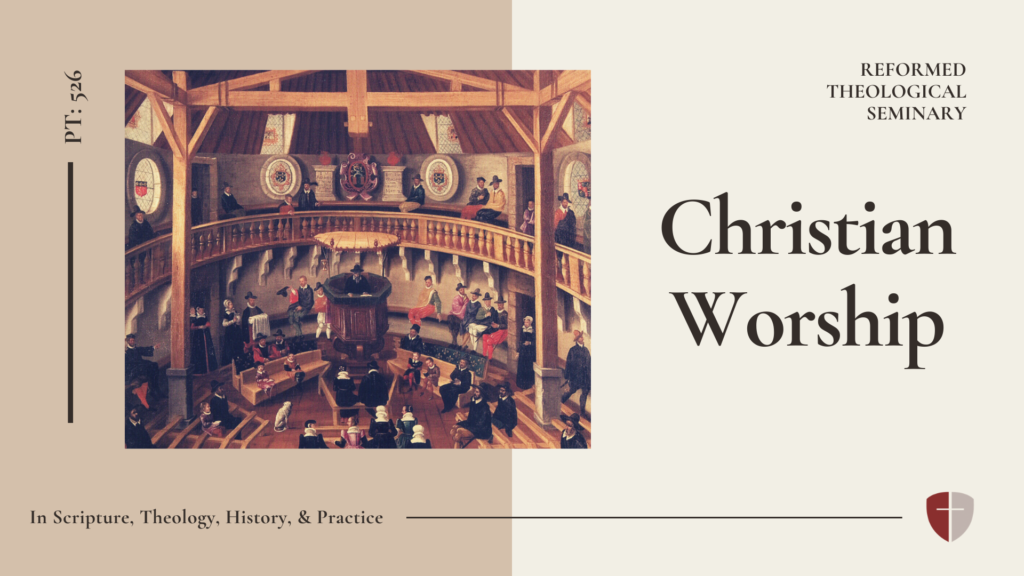
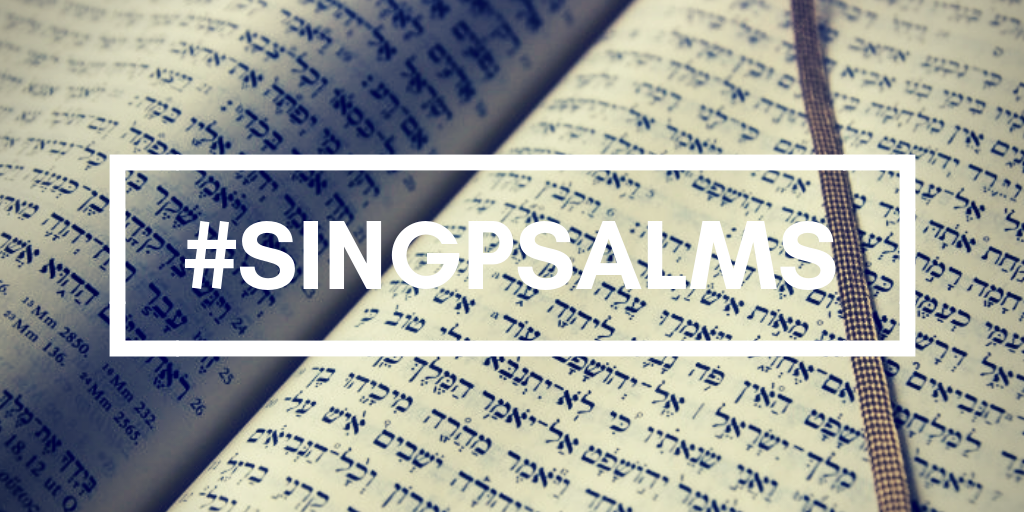

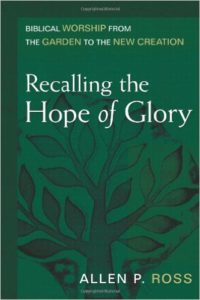 Ross’ final chapter in the book is, “Basic Principles for More Glorious Worship.” He writes, “The church . . . must always be discovering more meaningful and more glorious ways to worship God, for worship is essential to the spiritual life” (503). Now, if you read that statement out of context, your worship can get whacky real fast. Ross doesn’t mean for us to discover new ways of worshiping God wherever we want. He means for us to labor ad fontes—to return to God’s word to uncover more glory for our worship. He models this practice by giving fifteen final applications. I pray it will whet your spiritual appetite to devour this book.
Ross’ final chapter in the book is, “Basic Principles for More Glorious Worship.” He writes, “The church . . . must always be discovering more meaningful and more glorious ways to worship God, for worship is essential to the spiritual life” (503). Now, if you read that statement out of context, your worship can get whacky real fast. Ross doesn’t mean for us to discover new ways of worshiping God wherever we want. He means for us to labor ad fontes—to return to God’s word to uncover more glory for our worship. He models this practice by giving fifteen final applications. I pray it will whet your spiritual appetite to devour this book.
